Strawberry Leopard: These Strange Species Are Increasingly Common In The Population Of Big Cats (6 photos)
The phrase "strawberry leopard" has a fairytale-like quality to it. As if it were sitting in ambush in a candy cane thicket near a river of milk and jelly, preparing to attack the inhabitants of a gingerbread house. However, the strawberry leopard is real. And its existence may be the result of a serious problem that leopards suffer from. 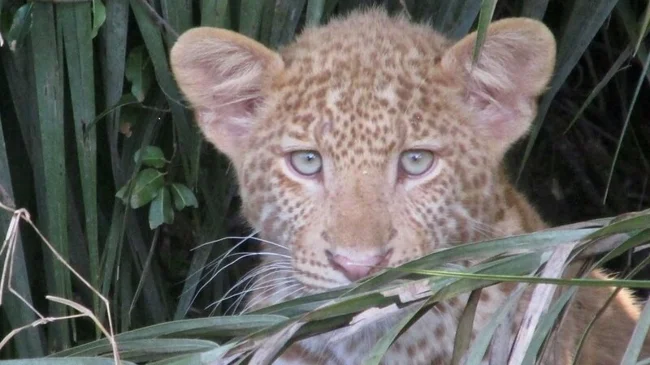
A strawberry kitten is ambushed. Please pretend to be scared.
Strawberry leopards are almost no different from their normal relatives. The body length ranges from 90 to 190 centimeters, and the weight - from 30 to 75 kilograms. In general, the dimensions are normal for the sex and population to which the predatory cat belongs. The only difference is a mutation that disrupts the normal functioning of the color genes. However, it is not very clear which one exactly. 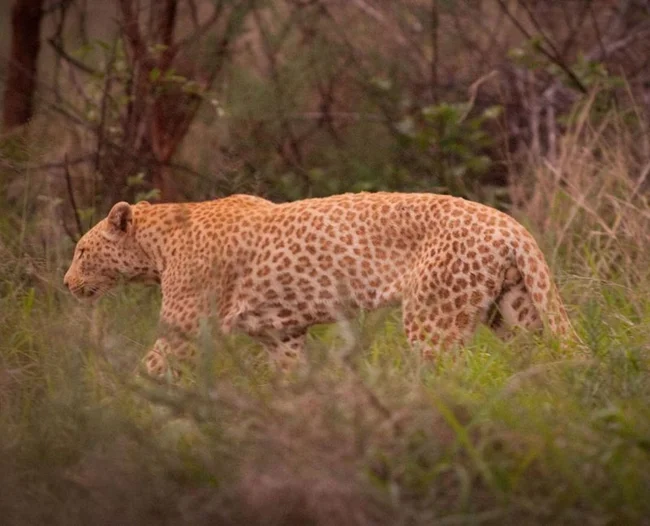
As you can see, it is not inferior in size to its relatives, and it is much stronger and more dangerous than an unarmed person.
Strawberry leopards are likely victims of erythrism, a mutation that stimulates the production of red, yellow, or orange pigment. But some scientists believe that partial albinism is involved in the case of the unusual leopards. Their skin cells produce less of the black pigment, melanin, so it no longer drowns out other colors, and the fur becomes slightly pinkish. 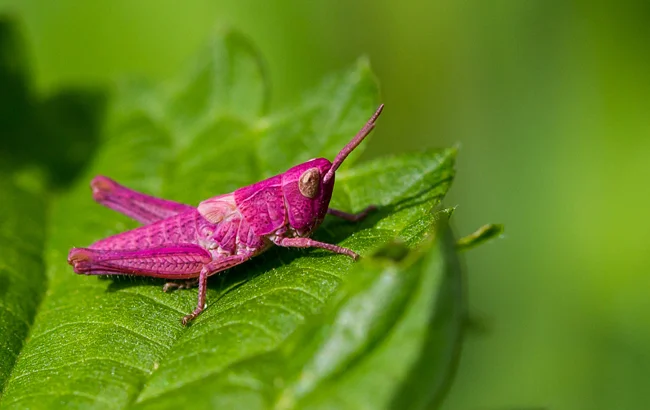
The most striking example of erythrism is pink grasshoppers. They are quite common even in our latitudes, and you will definitely come across one of them if you are attentive enough.
In any case, such a mutation is autosomal recessive. This means that it is inherited regardless of gender and may not manifest itself for several generations. But in inbreeding, recessive mutations manifest themselves with a high degree of probability. And then the appearance of strawberry leopards may be a sign of the plight of the species - their numbers have fallen so much that leopards are increasingly forced to mate with relatives. 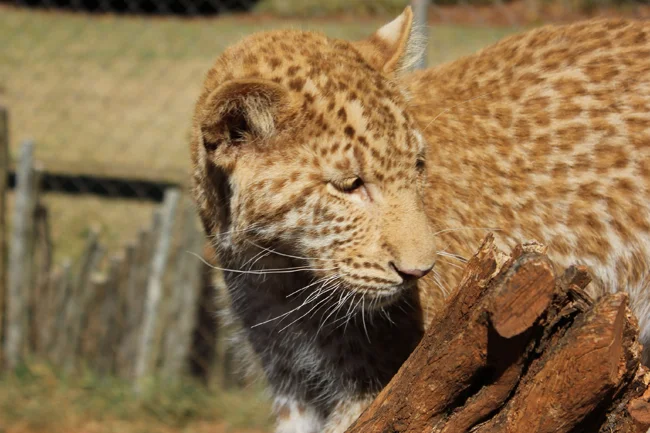
Wise twig, tell me why I am so different from my brothers?
This is supported by the fact that strawberry leopards are encountered more and more often. In the last 5 years, news about strawberry leopards has been appearing stably 2-3 times a year and has come from India, Tanzania and South Africa. Although from 1905 to 1967, only 7 strawberry cats were encountered, and all of them lived in India. 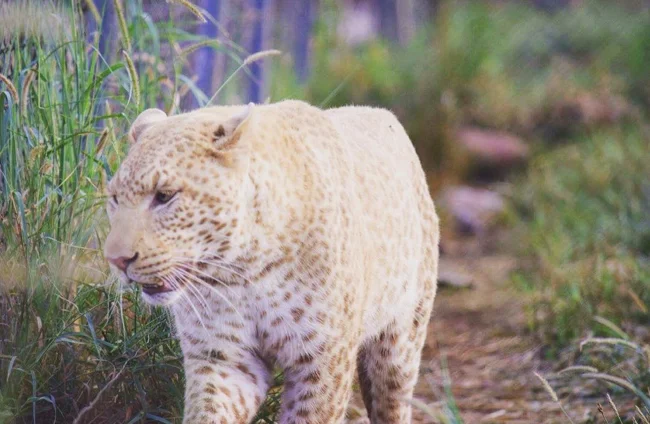
Strawberry leopards are sometimes born in captivity, but there are only 2-3 such animals in the whole world.
To estimate the number of cute mutants, researchers from Tanzania even placed 319 pairs of camera traps in Southern Tanzania. After several months of observations, they found out that there are 370 leopards in Southern Tanzania, and only one of them is strawberry. But researchers from South Africa received completely different results - out of 28 leopards, 5 were strawberry. 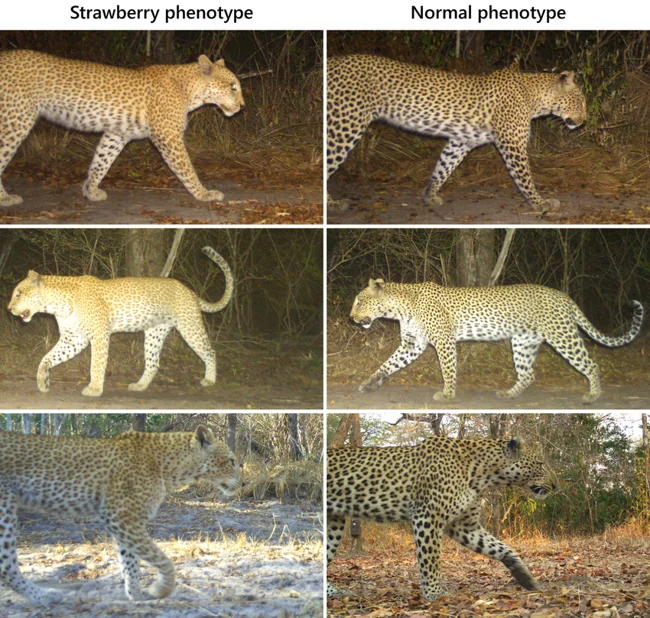
On the left are photographs of that very strawberry leopard from Tanzania. On the right is also a cat from Tanzania, but with a normal phenotype.
In general, researchers do not yet have a clear answer about the reasons for the unexpected increase in the number of strawberry leopards. Perhaps their existence is indeed a symptom of a larger problem. Or maybe they just became popular in the media in recent years, and people didn’t pay so much attention to unusual animals before.






























